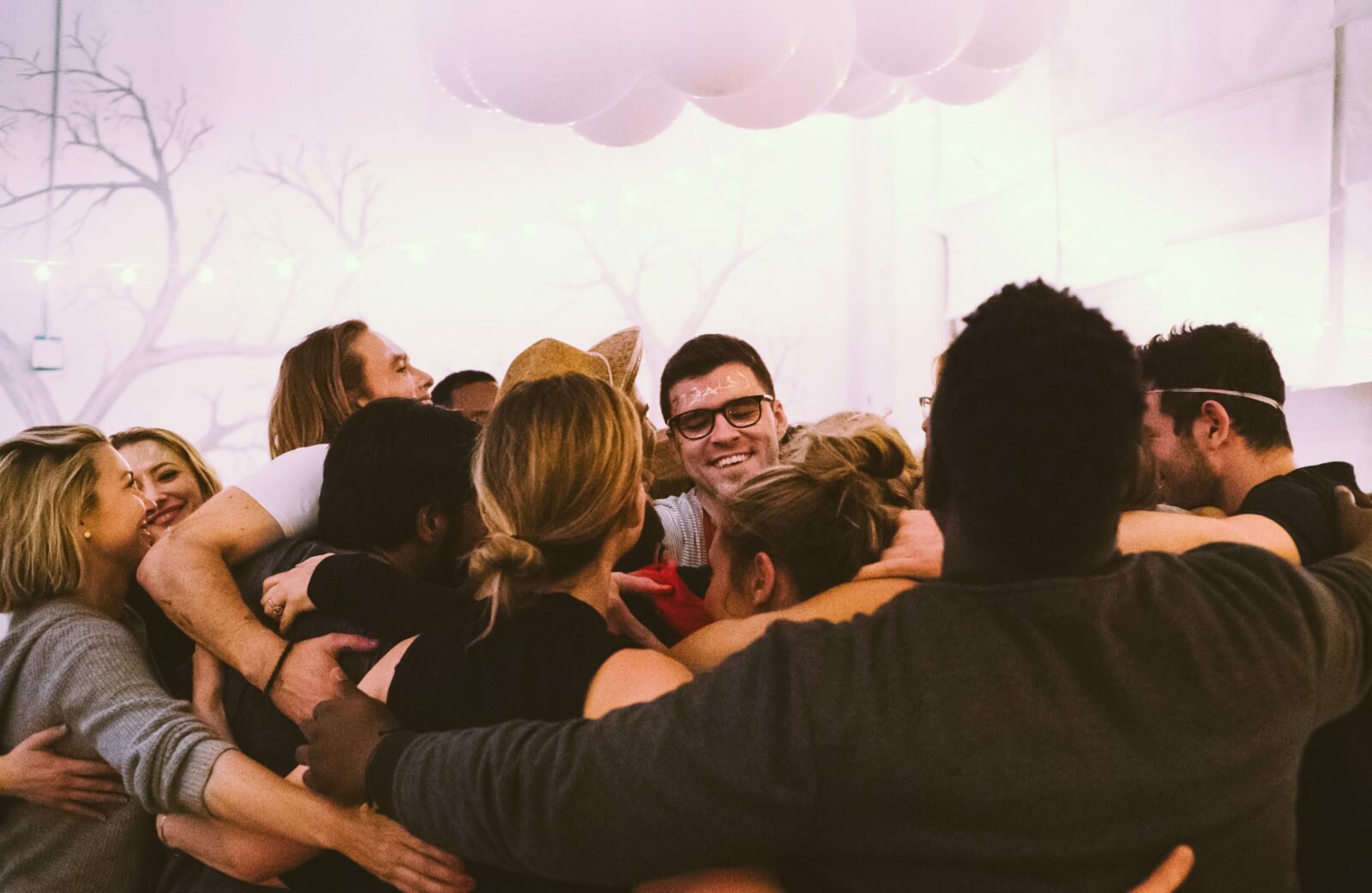Like every other reality competition show out there, The Circle (the American version of which recently dropped on Netflix) is a social experiment. But it’s also — twist! — a social media experiment. In it, 14 contestants are sealed off in individual apartments, where they can only interact with other players via a “voice-activated” social media app known as the Circle. They build profiles, update statuses, slide into one another’s DMs and deploy silly hashtags, all the while vying, in regular ranking sessions, to become top influencers with the power to “block” or eliminate other contenders. How very Black Mirror.
And as a reminder of the kind of game participants are playing, reigning influencers get a little blue checkmark (you’ve seen it) next to their profile pictures. It’s a coveted thing, as contestant Sammie Cimarelli muses in episode five: “Feels so good to have that blue tick back. I don’t wanna lose it.”
Clearly, we don’t have to be players on The Circle to have social media completely pervade our lives. It’s already here: the constantly refreshing news feeds of #inspo and influencer content, dopamine-fuelling “like” counts and trending hashtags have come to shape our cultural, political and personal conversations. Globally, users spent upwards of two hours a day on social networking platforms in 2019, according to GlobalWebIndex. In big ways, social media has transformed how we communicate, connect and keep up with the Kardashians.
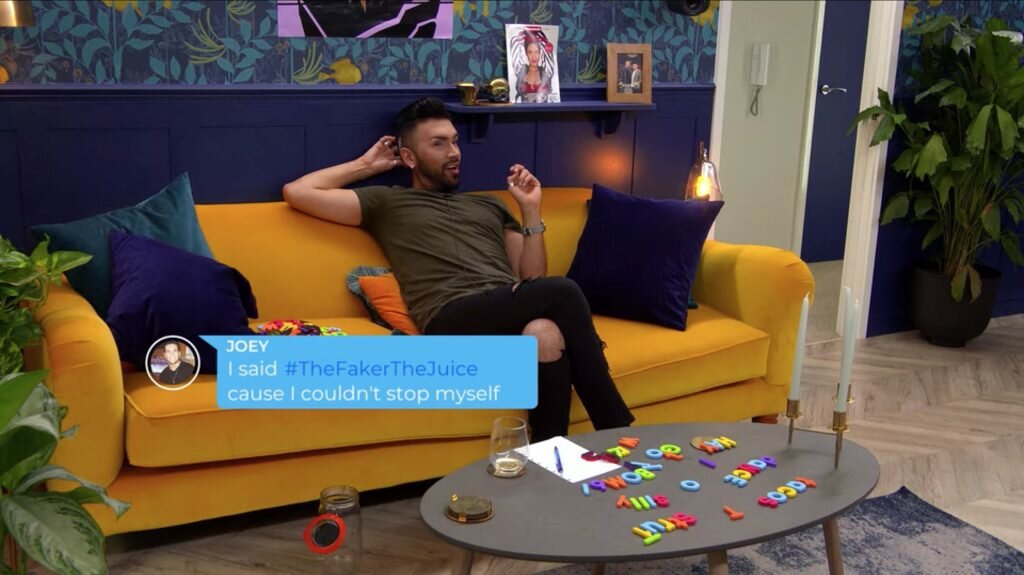
But it comes with a ton of baggage.
In the fight for our time and eyeballs, social media has gamified its platforms, offering infinite scrolls and addictive metrics that quantify popularity and suck up most of our day. This also has implications on our mental health in ways ranging from plain ol’ FOMO to self-criticism, anxiety and alienation.
“The game is getting attention at all costs,” Tristan Harris, co-founder of the Center for Humane Technology, told 60 Minutes in 2017. “But it doesn’t end up with the world we want to live in. We don’t end up feeling good about how we’re using all this stuff.”
Harris was one of the earliest and loudest voices to sound the alarm on how social media and technology don’t always have their users’ well-being at heart. Since his 2016 initiative, Time Well Spent, which called for more ethically- and humanely-designed tech, heaps of other advocates have leaned in, lending momentum to the digital wellness movement. Books have been written about social media’s deleterious effects, support groups assembled to fight tech addiction and manifestos crafted about the joys of going offline. Even social media sites are in: Facebook launched Your Time on Facebook in 2018 while Instagram continues to toy with removing its “like” counter.
Like the organic food and exercise movements before it, digital wellness believes our habits reflect our values. To wit: it’s never about getting us to swear off our phones and Twitter accounts, but more so, to consider our relationship with technology.
Take Tommy Sobel. When I spoke to the Los Angeles native last year, he told me about a shelf he once had in his bedroom, stocked with about 150 books, most of which were unread. As much as he loved reading, he instead spent most of his day engaging with screens — his computer, Instagram, Netflix — while his bookshelf sat “like a to-do list of a life that was not well-lived”. So he dared himself to swap his smartphone for a book for at least an hour each day. By the end of the year, he’d read 28 of those books — and he’s yet to stop. “That sense of achievement, of finally taking back control of how I spend my time, was priceless,” he said.
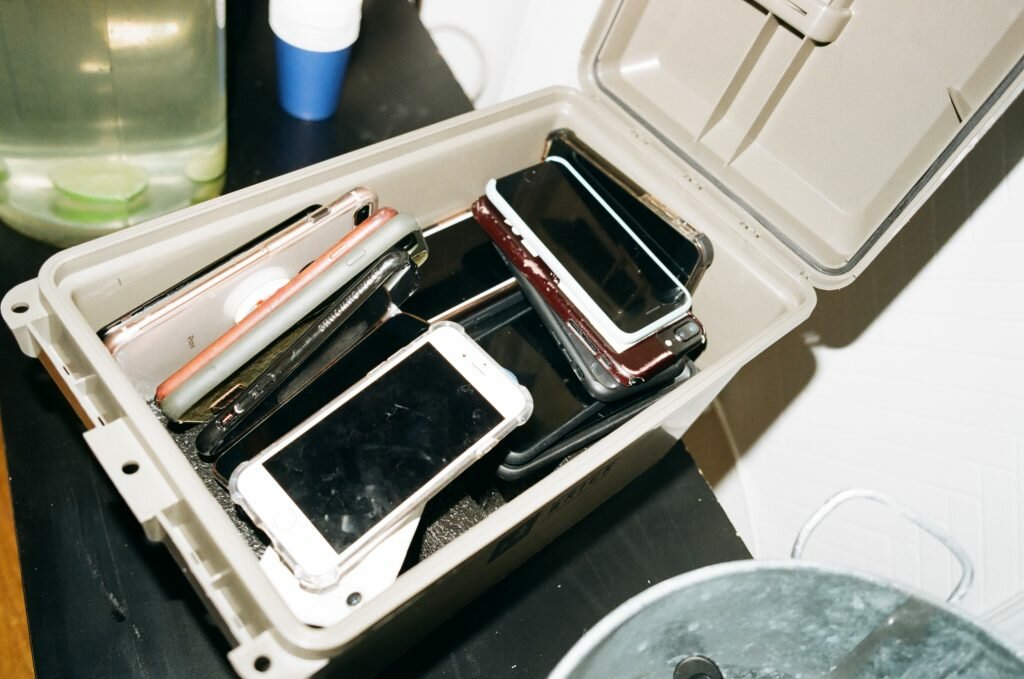
(Image: Brick, LLC 2020)
Out of this keystone event, Sobel started Brick, a platform aimed at rehabilitating unhealthy tech habits. Since 2017, it’s held phone-free IRL events from sunset hikes to beach clean-ups (a sea turtle conservation expedition in Costa Rica is coming up in April). It also imparts The Brick Method in one-on-one sessions, guiding individuals toward intentional and balanced screen use.
“The goal,” says Sobel, “is for us to use technology in a way that serves us, and allows us to feel powerful and self-empowered.”
Or as Steve Jobs put it in 1990, the computer should be “a bicycle for our minds”. That is, technology should attend to us — and not vice versa. The solution here is never to eschew screens entirely, but as tech ethicist David Ryan Polgar tells me, to understand “how we use technology in a way that maximises human existence”.
For instance, how about viewing social media as a utility? Instead of giving in to those inexhaustible feeds, set specific tasks you want to accomplish each time you hit up a social networking site, then log off. After all, Sobel notes, “Nobody wastes their time on Google Maps.”
Of course, digital wellness is also an individualised experience. There are no universal guidelines as to how many hours we should be spending on Facebook; rather, we determine how social media and technology can enhance our lives.
“It’s up to individuals to never see themselves as a user of a social media platform,” says Polgar. “You’re a digital citizen, which comes with rights and responsibilities, but also a certain awareness of the fact that you’re in a system that’s going to affect your well-being.”
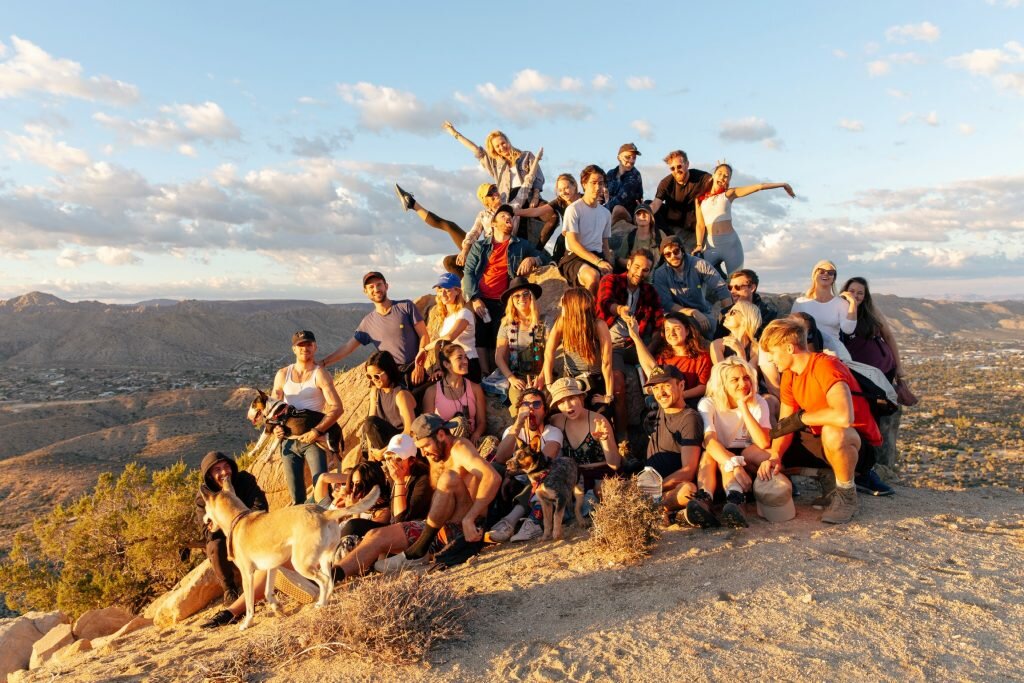
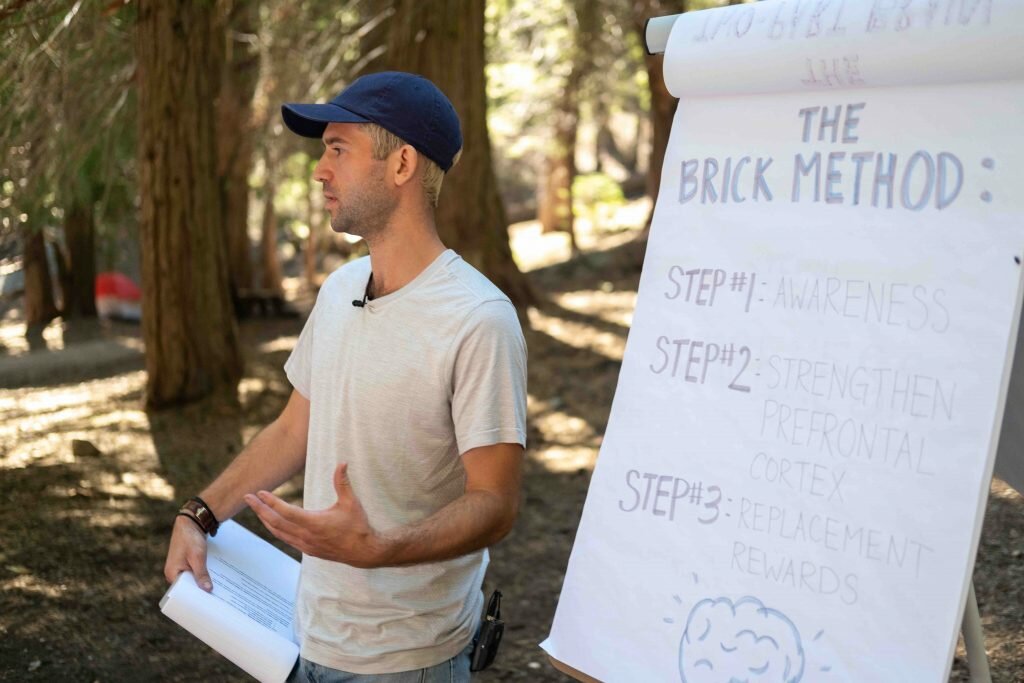
(Image: Brick, LLC 2020)
And it will. Built on attention-getting, social networking platforms have incentivised attention itself. Something like The Circle comes as no big surprise, considering how social media can easily devolve into a petty game of looking and being looked at. One-time Instagram celeb Essena O’Neill, who famously quit the platform in 2015, called it out more bluntly: “Social media isn’t real. It’s purely contrived images and edited clips ranked against each other.”
Stephanie Er, once an Instagram devotee whose last follower count stood at around 40,000, admits to having been “a pawn in that game”. She tells me about the hours she squandered “mindlessly scrolling through posts or stories” on the platform.
“More than that, I felt like I was exposing my daughter to potential predators. Privacy is currency.” Deleting her account earlier this year transformed not just the quantity of free time she had, but the quality of it. “I’ve been more present. I’ve taken up hobbies and been more active with my daughter,” she says. “I create genuine moments to keep and not just to share.”
Which, ultimately, cuts to the crux of digital well-being. Social media is a game we can consciously choose when to play or not to play, particularly if it’s disrupting our health and productivity. And technology can be a helpful bicycle that adds value to our lives, but not if it’s driving the whole thing. What matters is the meaning we create for ourselves, not for an audience on someone else’s platform. Whether in The Circle or IRL, the blue ticks will go away and the screen will fade to black, but life goes on.
This story first appeared in the April 2020 issue of A Magazine.
